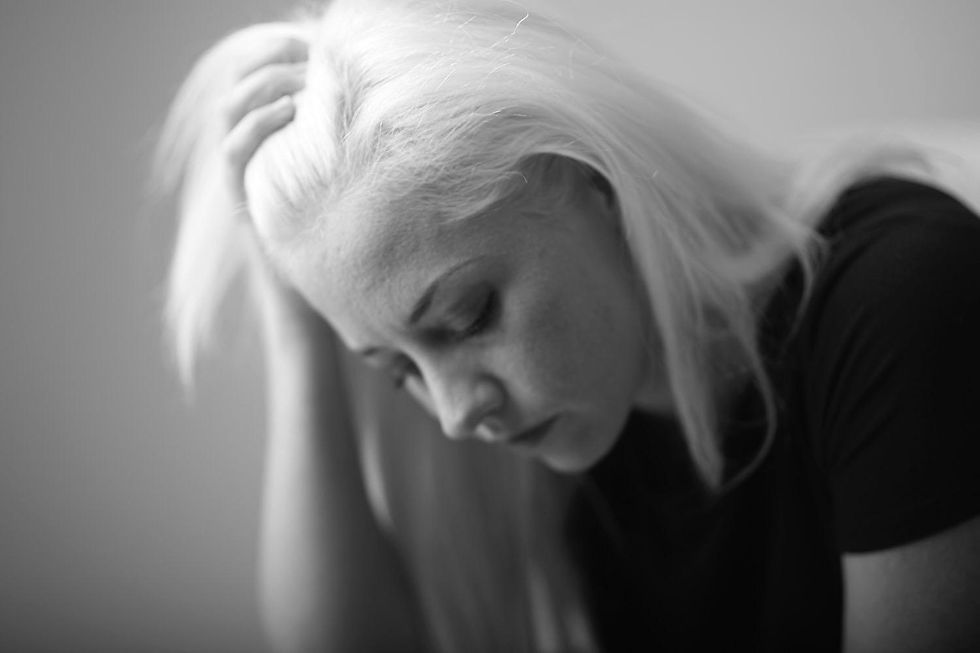Are You S.A.D.?
- Val Morrison

- Jan 15, 2023
- 1 min read
Many people have heard of the term Seasonal Affective Disorder, but what does it mean?

Is S.A.D. a formal diagnosis?
How do you know if you have it?
What can you do if you have S.A.D.?
Where could you seek help?
Seasonal Affective Disorder is indeed a mental health issue which receives a formal diagnosis. According to the Cleveland Clinic, the signs and symptoms of S.A.D. are as follows:
Sadness, feeling depressed most of the day, almost every day.
Anxiety.
Carbohydrate cravings and weight gain.
Extreme fatigue and lack of energy.
Feelings of hopelessness or worthlessness.
Trouble concentrating.
Feeling irritated or agitated.
Limbs (arms and legs) that feel heavy.
Loss of interest in usually pleasurable activities, including withdrawing from social activities.
Sleeping problems (usually oversleeping).
Thoughts of death or suicide.
People who have summer SAD may experience:
Agitation and restlessness.
Anxiety.
Decreased appetite and weight loss.
Episodes of violent behavior.
Trouble sleeping (insomnia).

If you believe you may be suffering from S.A.D., contact your family doctor, local mental health crisis agencies and/or a mental health professional who is qualified to support you.
Dr. William Leasure from the Mayo Clinic detailed in one of his articles that there are a number of effective ways to manage S.A.D. which include:
lightbox therapy (10,000 lux)
Cognitive Behavioural Therapy for SAD
prescribed antidepressants
daily habits to prevent the onset and help minimize the impacts of SAD (exercise, time outside with natural light, healthy sleep habits, limiting sugary foods and a balanced diet)
To connect with an LRCG counsellor or therapist, head over to our homepage, click the button to book a consultation and we will be happy to connect with you!
Credits and citations from:
"Seasonal Depression (Seasonal Affective Disorder)" 2023 Cleveland Clinic
"What is seasonal affective disorder?" By Dr William Leasure; Mayo Clinic




コメント